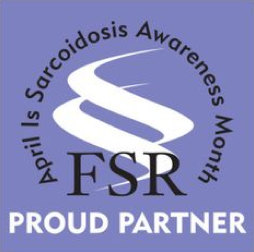Atrial fibrillation, often referred to as “afib”, is an irregular heartbeat, a rapid heartbeat, or a quivering of the upper chambers of the heart, called the atria. Atrial fibrillation is due to a malfunction in the heart’s electrical system, and is the most common heart irregularity, or cardiac arrhythmia.
Is Atrial Fibrillation Serious?
While atrial fibrillation may not sound serious, and is often considered to be a minor health issue, it can actually be quite risky and potentially even life threatening.
Since the blood doesn’t properly move from the atria into the ventricles and then on to the rest of the body, it can starve the body of oxygen-rich blood, leaving you feeling weak, tired, or even incapacitated.
Even more serious is that the blood that remains in the atria can pool and create blood clots, which may get spawned to the rest of the body, causing a stroke. Stroke is not only the number three killer, it is the number one cause of permanent disability.
For more information about Atrial Fibrillation you can go to: www.stopafib.org

